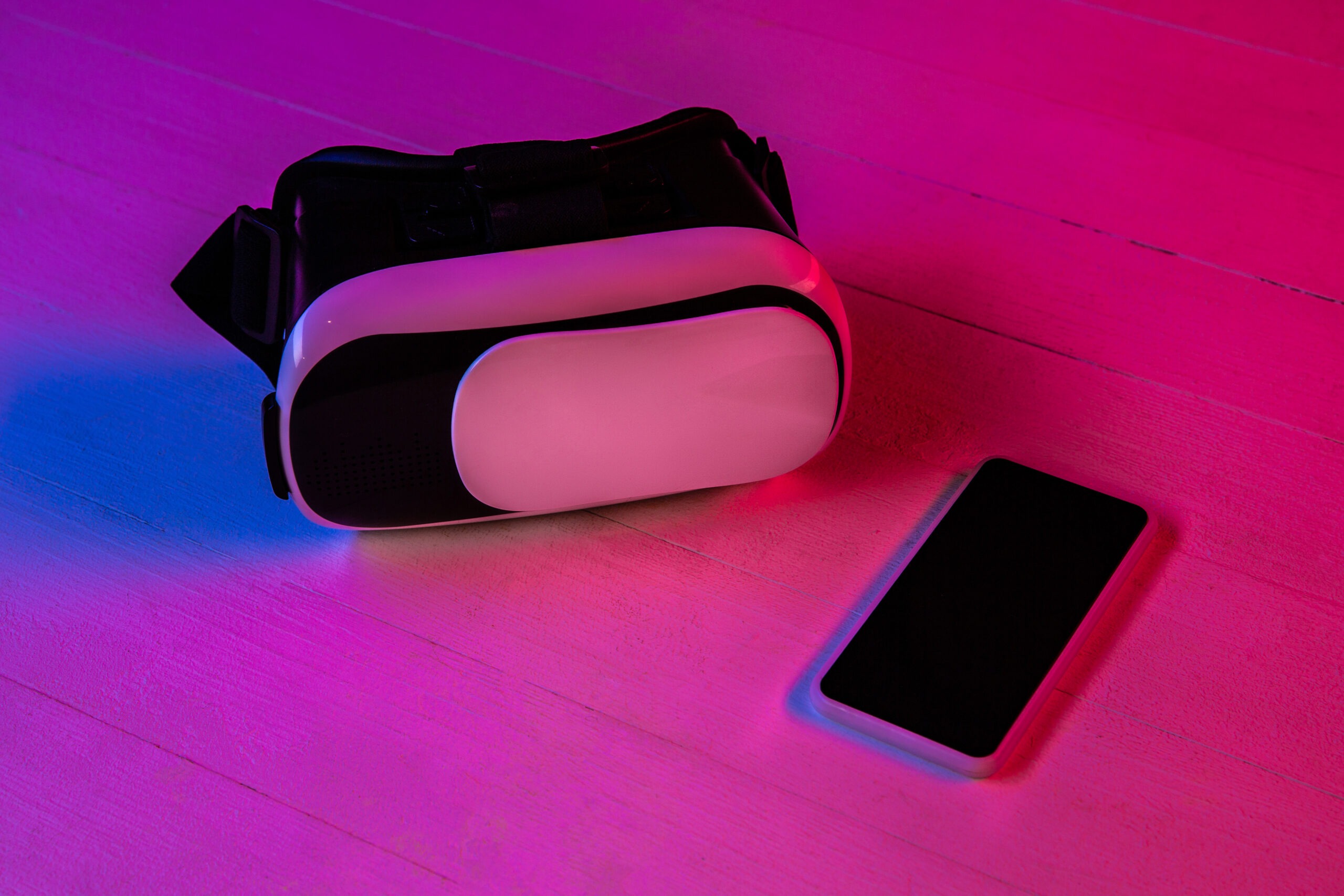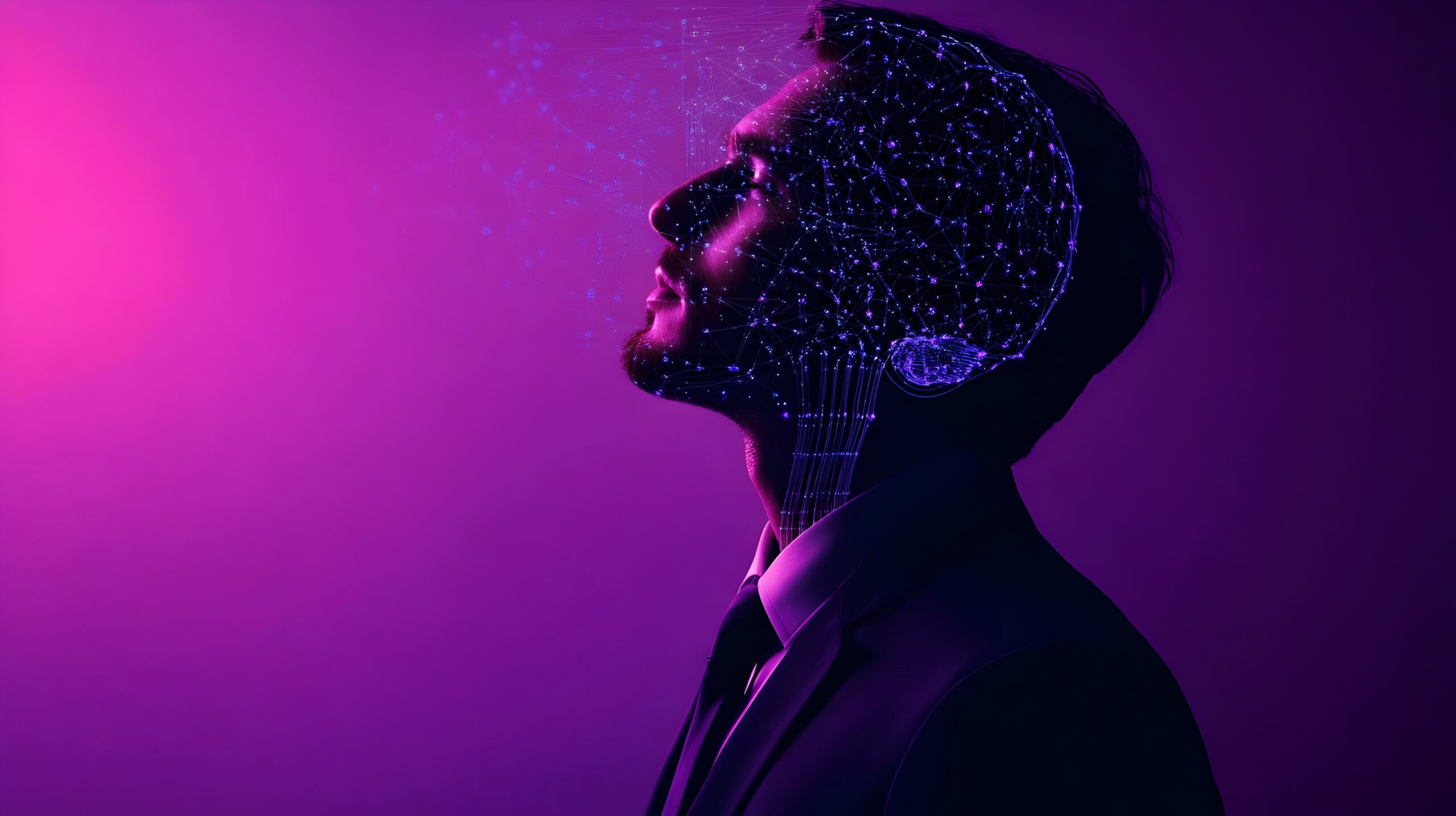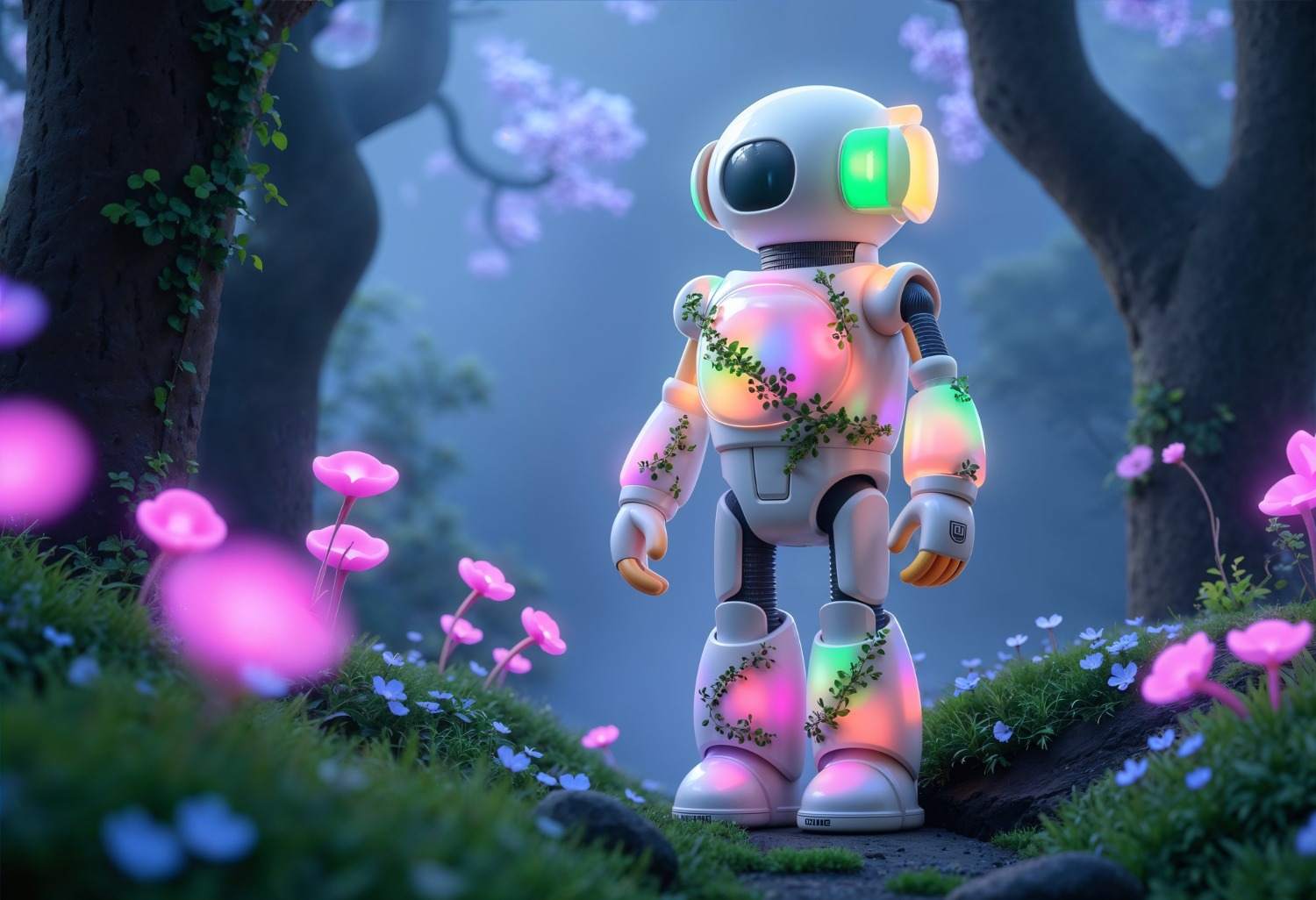Revolutionizing Human-Robot Interaction with the Role of XR Technologies
The advent of extended reality (XR) technologies, encompassing virtual reality (VR), augmented reality (AR), and mixed reality (MR), has brought transformative advancements across various industries. One of the most exciting areas of innovation is human-robot interaction (HRI), where XR plays a critical role in enhancing communication, control, and cooperation between humans and robots. This fusion is opening up new possibilities for collaboration, efficiency, and innovation in sectors like healthcare, manufacturing, and education.
What is XR Technology?
XR technologies combine digital elements with the physical world, enabling immersive experiences. Virtual Reality (VR) offers a fully digital environment, while Augmented Reality (AR) overlays digital content onto the real world. Mixed Reality (MR) blends the real and virtual worlds in real-time interactions. These technologies can help bridge the gap between human understanding and robotic function, facilitating seamless communication and interaction.
How XR Enhances Human-Robot Interaction
- Improved Communication and Control
Traditional interfaces for controlling robots—like joysticks or touch screens—can be limiting. XR technologies create a more intuitive and natural way for humans to control robots. For instance, through VR, users can enter a fully immersive environment where they can manipulate robotic arms, drones, or autonomous vehicles with gestures or voice commands, offering enhanced precision and ease. - Real-Time Feedback and Visualization
One of the challenges in HRI is understanding and interpreting the actions and responses of robots. XR allows for real-time visual feedback, providing humans with a better understanding of the robot’s status, environment, and actions. In MR, robots can display data on their sensors or actions in the form of overlays, allowing humans to analyze and interact with them in a more meaningful way. - Training and Simulation
Training for operating robots can be complex and expensive, especially when handling delicate or dangerous tasks. XR offers a safe and cost-effective way to simulate scenarios, helping individuals practice in a controlled, virtual environment. For instance, VR can simulate robotic surgery procedures, while AR can assist workers in industrial settings by overlaying instructions on their real-world environment. - Enhanced Collaboration
Robots and humans need to collaborate seamlessly for many industrial tasks, such as assembly lines or complex surgeries. XR technologies provide the tools for these collaborations by creating shared virtual spaces. Through mixed reality, a human operator and a robot can work in the same physical space, with AR glasses offering real-time instructions or alerts, ensuring precise cooperation. - Remote Interaction and Control
One of the most significant advantages of XR in HRI is remote interaction. In situations where human presence is limited or dangerous, XR enables individuals to control and interact with robots from a distance. For example, XR can allow a technician to operate a robot in a hazardous environment or inspect industrial machinery remotely, reducing the risk of human injury.
Applications of XR in Human-Robot Interaction
- Healthcare and Surgery
Surgeons can use VR or AR to train in complex robotic surgeries before performing them in real life. AR can also display real-time data such as the patient’s vitals, providing additional information to the surgeon while they operate. XR technologies also enhance telemedicine, allowing doctors to remotely assist with robot-assisted surgeries. - Manufacturing and Industrial Automation
In manufacturing, XR technologies enable workers to interact with robots in real-time, enhancing efficiency and reducing the risk of human error. Augmented reality can help workers by providing step-by-step guides, while robots can be programmed to assist with tasks such as assembly, inspection, or material handling. - Autonomous Vehicles and Drones
XR technologies are increasingly being used in the control and monitoring of autonomous vehicles and drones. In these cases, operators can use AR or VR to monitor the robots’ surroundings and provide critical data in real-time, ensuring the vehicles can make informed decisions in dynamic environments. - Education and Training
XR is making significant strides in the education sector, particularly in training programs that involve robotics. Learners can interact with virtual robots in a 3D environment, learning about their functions, behaviors, and applications without the need for physical robots. This creates a highly engaging and cost-effective learning experience.

The Future of XR in Human-Robot Interaction
As XR technologies continue to evolve, the potential for their integration with robots is boundless. Innovations like haptic feedback (which allows users to feel virtual objects) will improve the sense of touch during remote or virtual interactions. AI-powered robots will further benefit from XR by enhancing their ability to process human gestures, expressions, and commands, enabling more personalized and efficient interactions.
The future could also involve robots becoming more autonomous in understanding human emotions and actions, leading to more adaptive and responsive robots in areas such as healthcare, service industries, and even home assistance.
Conclusion
XR technologies are set to revolutionize human-robot interaction by making it more intuitive, efficient, and immersive. By enhancing communication, control, and training, XR is paving the way for more sophisticated and collaborative robots. As these technologies continue to develop, the collaboration between humans and robots will become more natural, leading to innovations that can change industries and improve lives. The possibilities are just beginning, and XR is leading the way.




